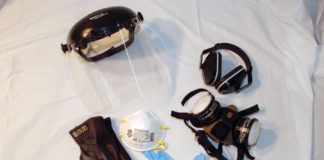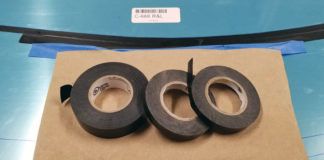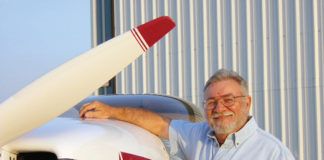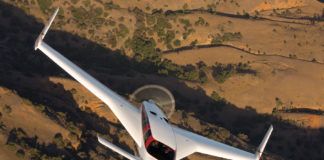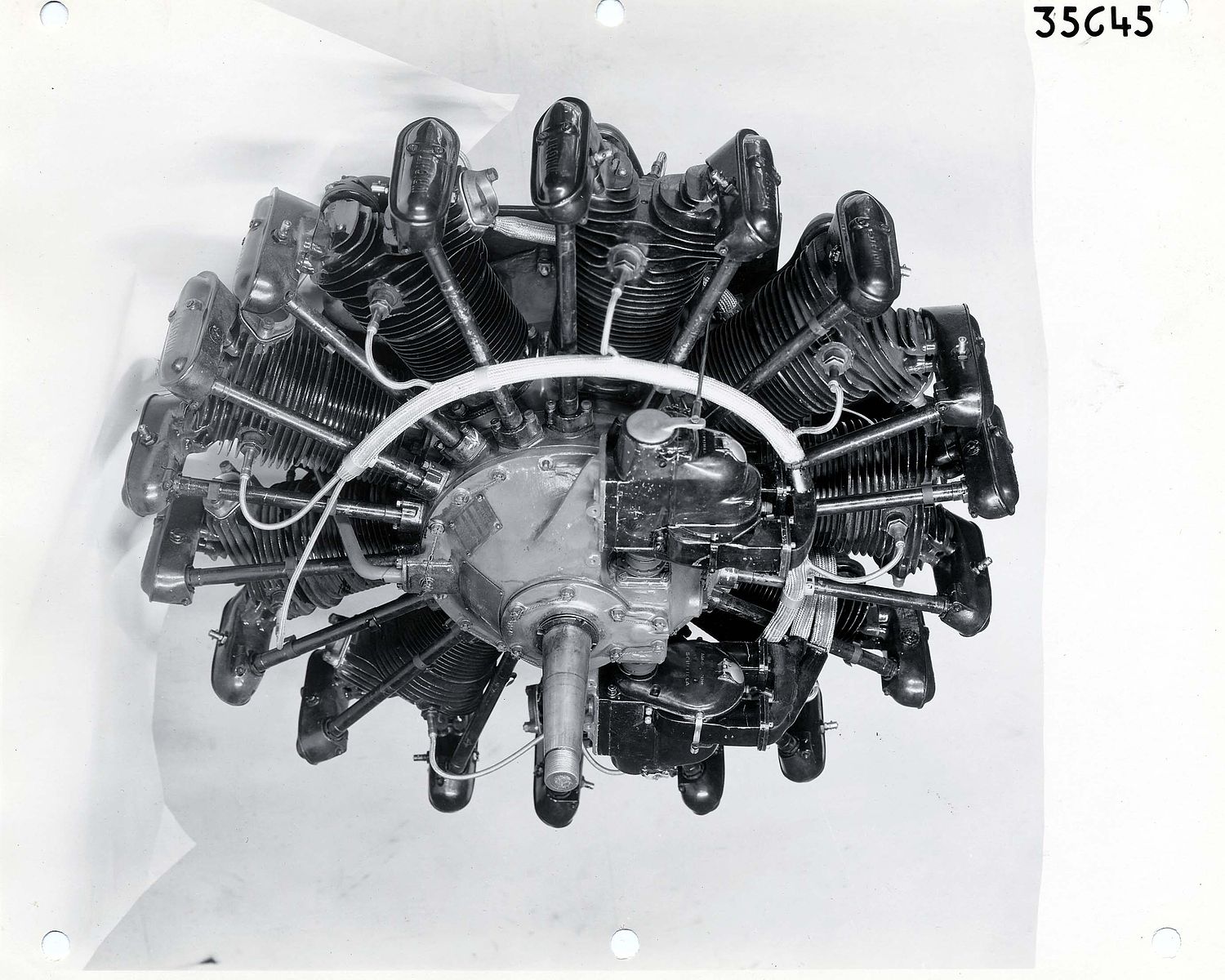
The enforced idleness has, however, given me a chance to catch up on a little reading, one of the times in my stack being a promotional booklet published by the Wright Aeronautical Corporation celebrating “Thirty Years of Progress” with the “Advanced Cyclone Engine.” Given to me by a friend who was cleaning out the files of another friend, this booklet was clearly published thirty years after the Wright Brothers historic flight at Kitty Hawk in 1903. It highlights advancements in engines over the three incredible decades of progress on aviation, from the perfection of materials to advancement in carburation – and several new methods of intake air heaters to protect against carb ice.
Buried deeply within all this detail, however, was a fact that I remember reading many years ago – the thing that really made Lindbergh’s crossing the Atlantic in 1927 possible. You see, up until that point, most airplane engines needed to be tinkered with and torn down at laughingly short intervals. A few good weeks of barnstorming could mean it was time for a pilot to quit for months while his engine was rebuilt. But the round Wright engines – the J-5 mounted by Lindbergh on the nose of his custom-built Ryan monoplane specifically – changed all that. For it sported a 50-hour TBO – one of the first engines to claim being able to run that long without a teardown.
And amazingly enough, Lindbergh needed an engine that would run continuously for the 33 hours he estimated it would take to fly from New York to Paris – with some padding in there for reserves. The Wright Cyclones that followed are illustrated in great detail in this pamphlet, along with pictures of the many aircraft that sported them at the time – pre-WW-II designs that thought our country what it needed to design the flying machines that won the war.
Fifty hours. Just think about that the next time your engine is giving you a little trouble. Humans who wanted to fly badly enough would build machines in the barn knowing that in less than 50 hours, they’d be tearing them down to rebuild. If that isn’t the true spirit of homebuilding, I don’t know what is!










